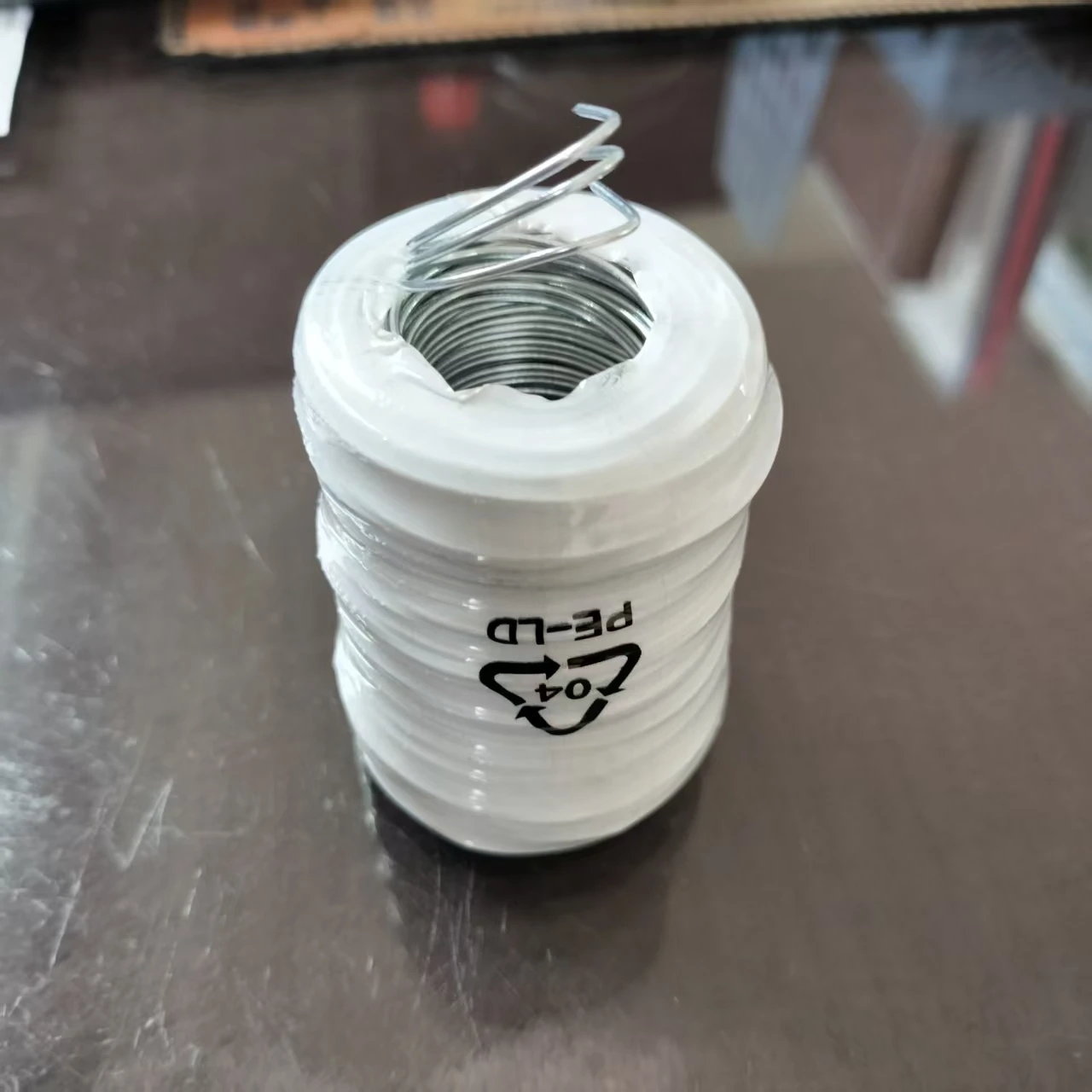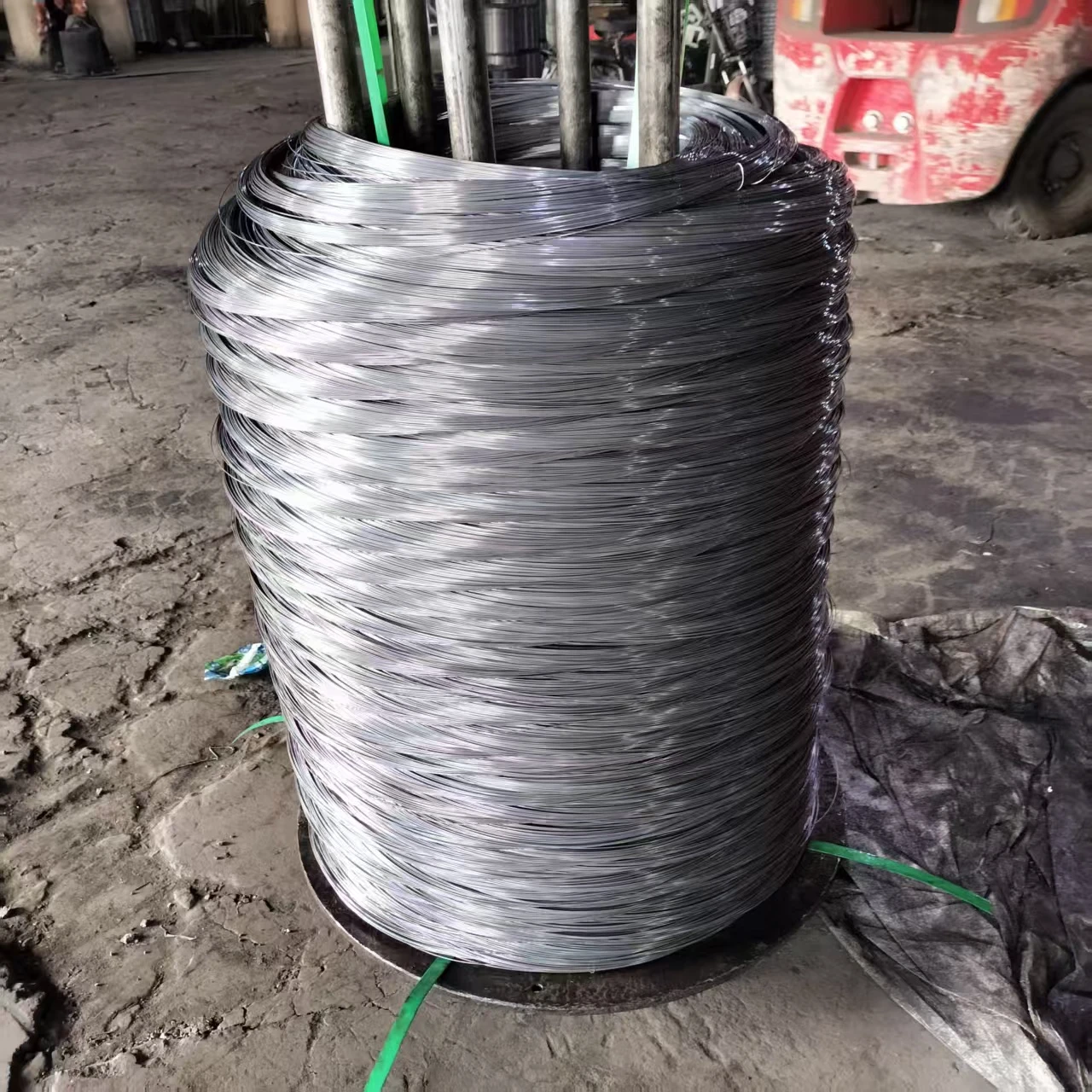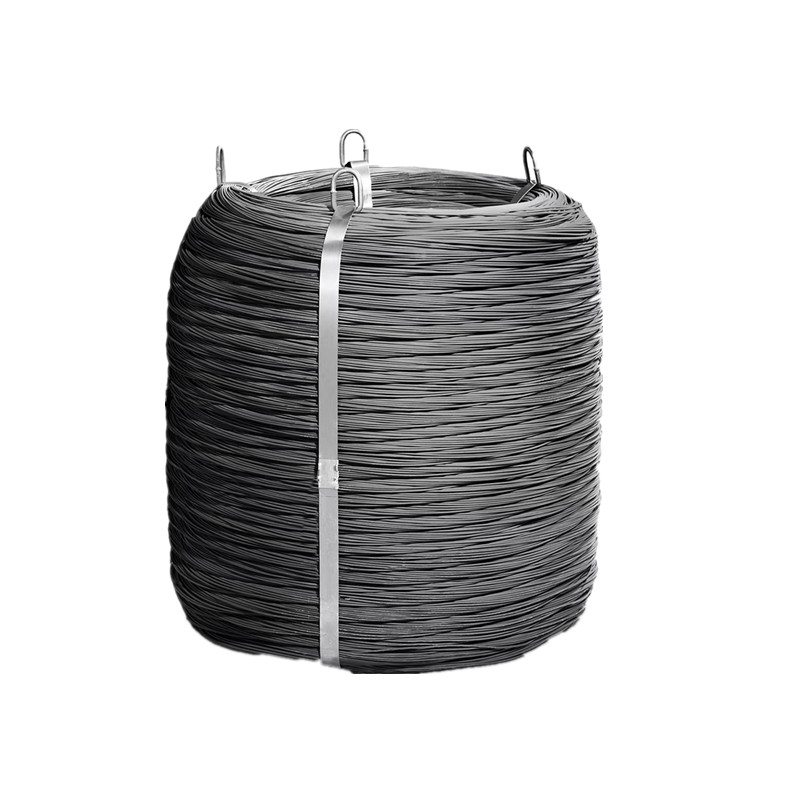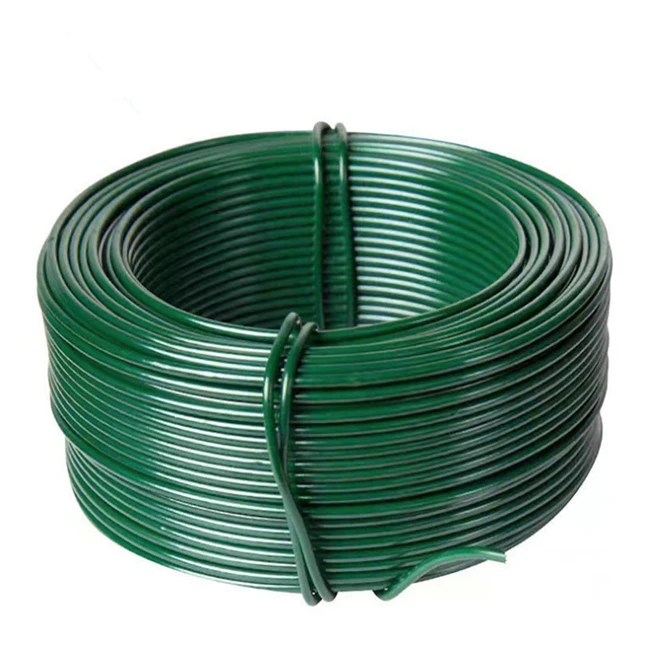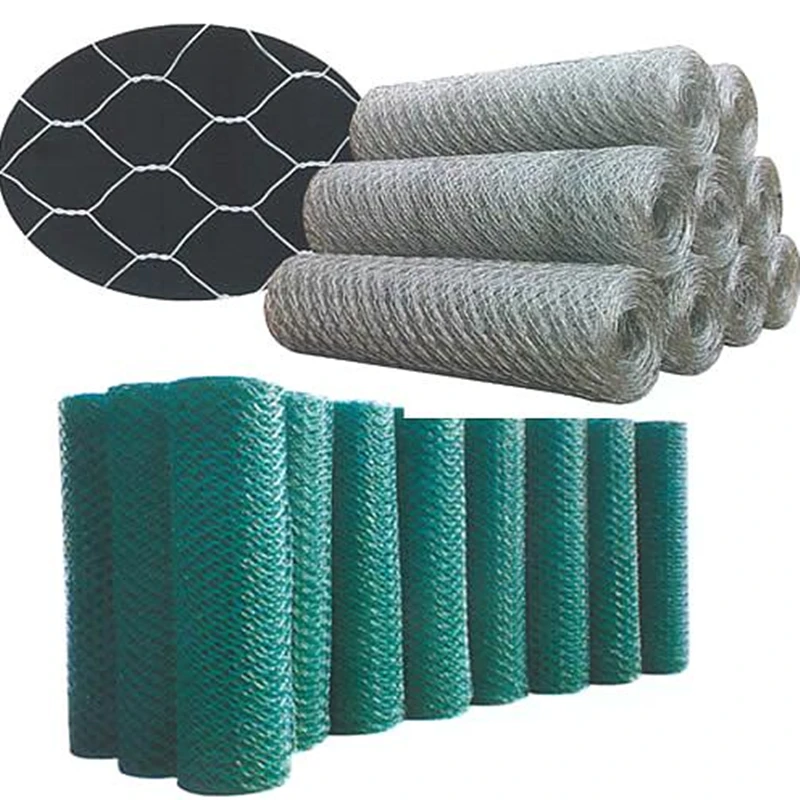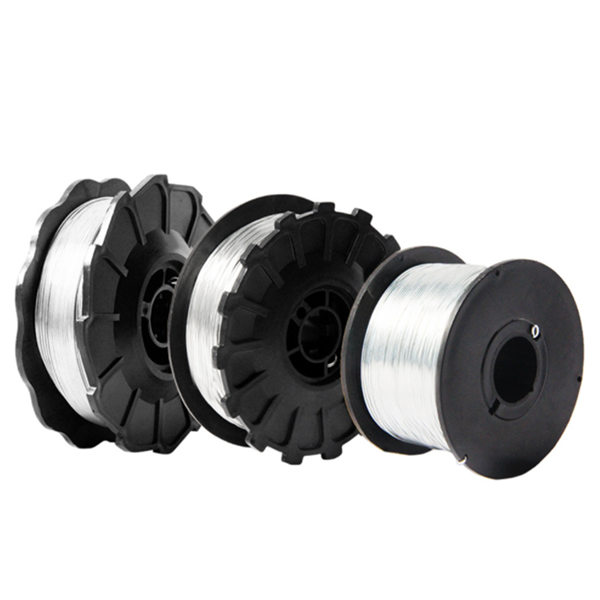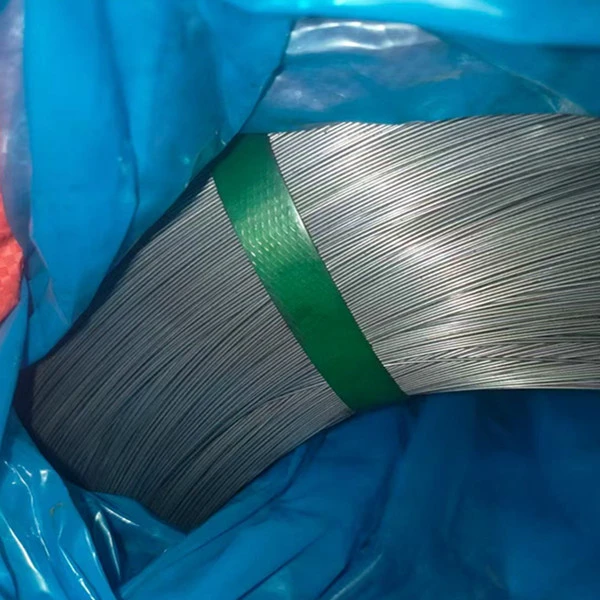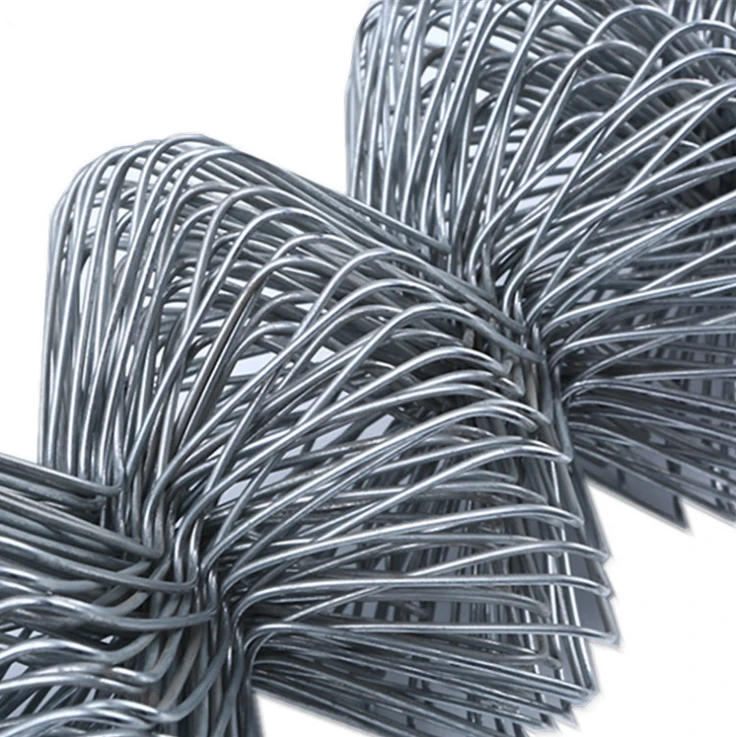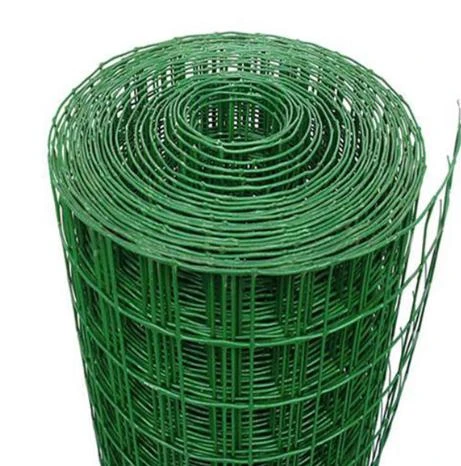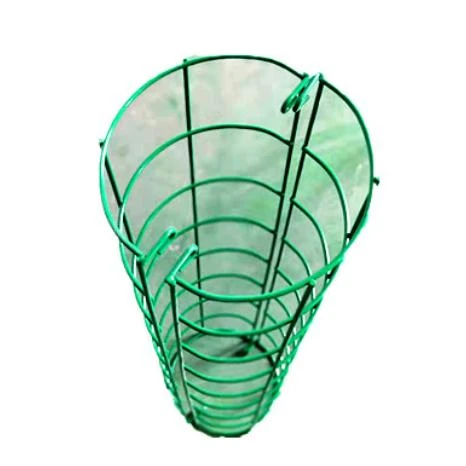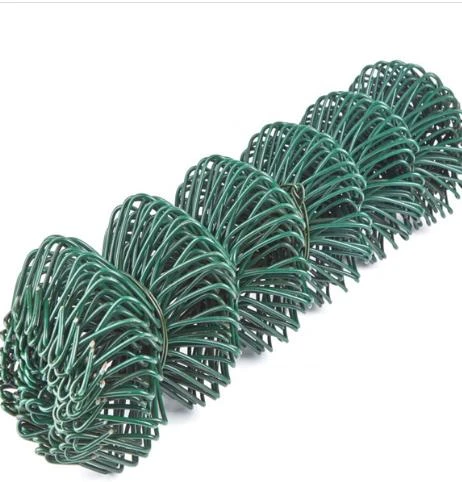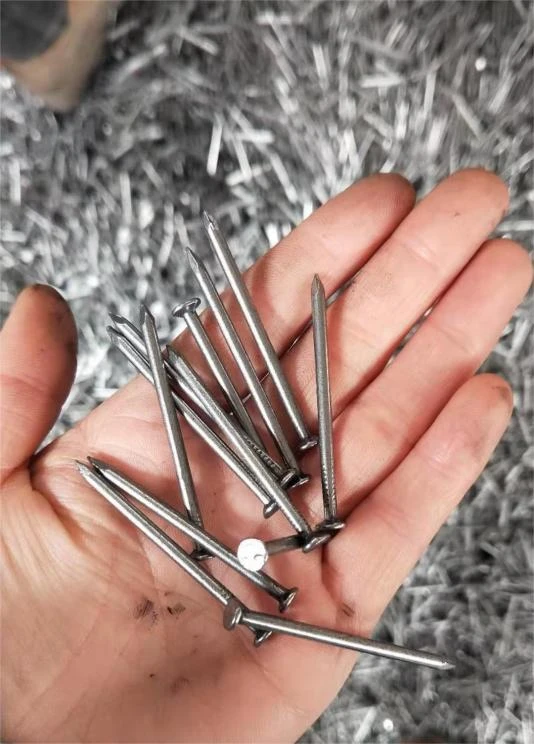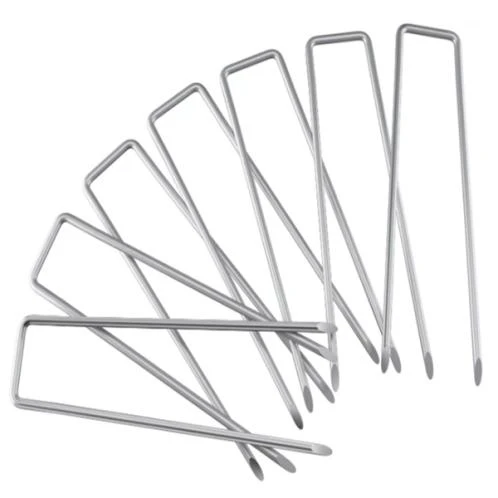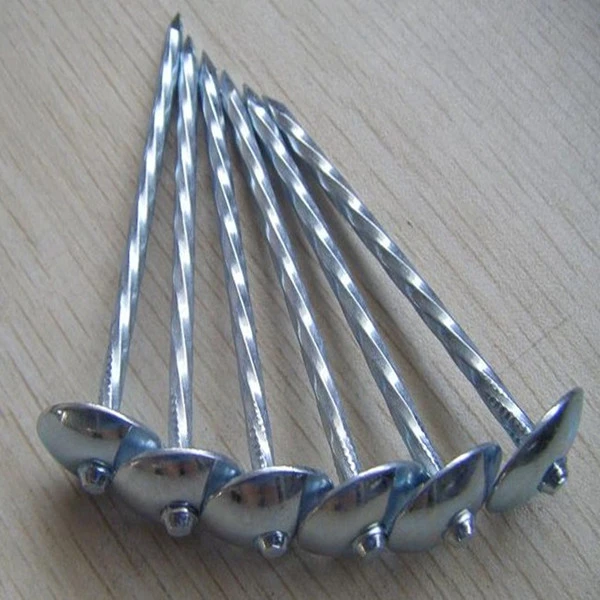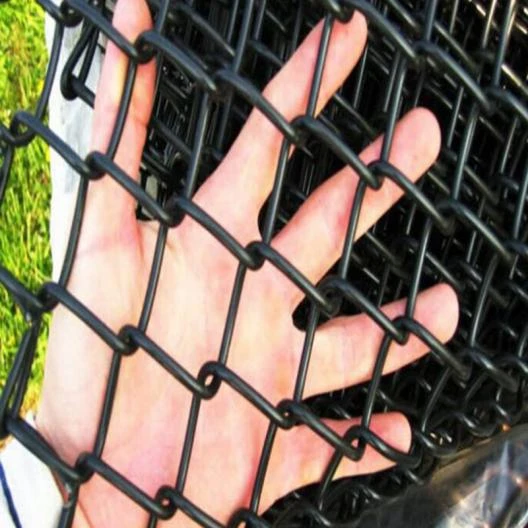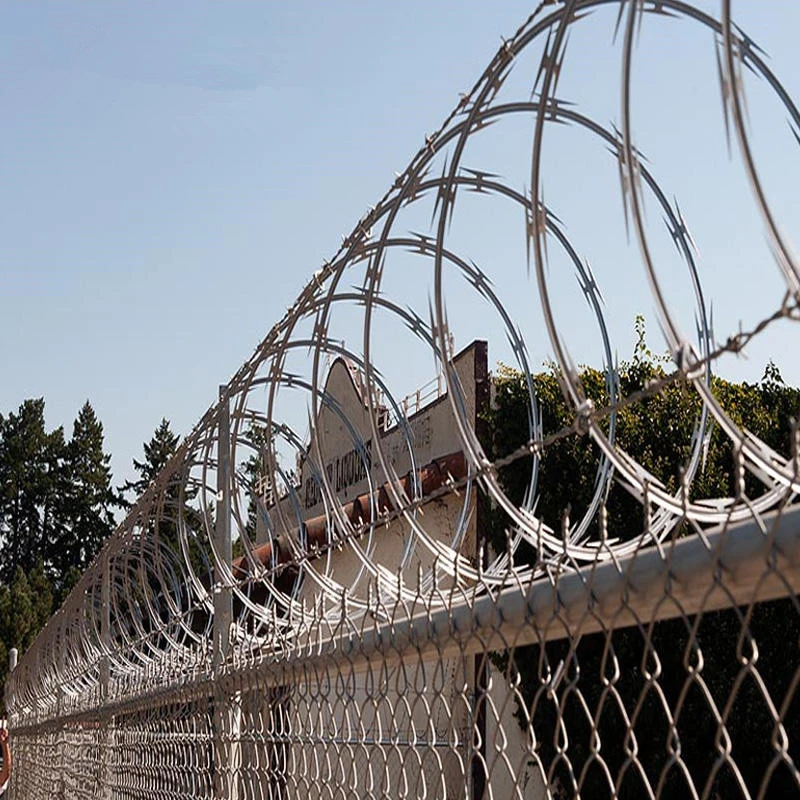- Introduction to razor coil fencing
: Security Imperatives in Modern Applications - Technical Advantages: Material Science, Engineering, and Performance Benchmarks
- Manufacturer Comparison: Market Leaders, Features, and Pricing Table
- Customization Options: Tailored Solutions for Varied Security Needs
- Real-World Application Examples: Sectors and Case Studies
- Installation and Maintenance Considerations
- Conclusion: Maximizing Security with Razor Coil Fencing Innovations
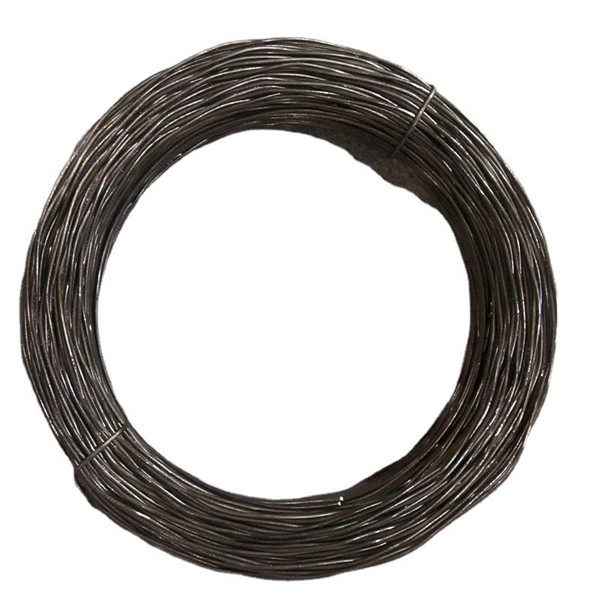
(razor coil fencing)
Introduction to Razor Coil Fencing: A Robust Security Imperative
In an era of escalating threats to both public and private infrastructure, razor coil fencing has emerged as a staple in perimeter defense solutions. With urban areas experiencing a 12% annual increase in property-related security incidents and critical industries reporting an average of $2.7 billion in losses due to breaches each year, the urgency for reliable barriers has never been higher. Razor coil fencing, also known as razor coil barbed wire or simply coil razor, delivers an efficient, physical deterrent by combining high-tensile wire with sharp blades, forming a formidable obstacle that is both visual and functional. This surge in demand is evident in the 23% global growth rate recorded in the last decade within security fencing sectors. In the following sections, we analyze the science behind these technologies, evaluate leading manufacturers, and explore real-life customization and deployment.
Technical Advantages: Material Science, Engineering, and Performance Benchmarks
Modern razor coil fencing capitalizes on advanced materials and manufacturing precision to outpace traditional barbed wire systems. The wire is typically galvanized or stainless steel, ensuring resistance to rust, corrosion, and environmental degradation. Blades are engineered to maximize cutting and gripping capabilities, often spaced at precise intervals for optimal deterrence. Lab studies reveal that the average cutting resistance of premium razor coil barbed wire is 120% higher than legacy barbed wire, while its UV-resistant coatings maintain sharpness for over 15 years under extreme weather. Additionally, modular design options allow for swift installation and integration with electronic intrusion detection systems. These features collectively enhance perimeter security by creating formidable physical and psychological barriers.
Manufacturer Comparison: Market Leaders, Features, and Pricing Table
The global razor coil market is dominated by a handful of reputable manufacturers who distinguish themselves through product quality, technology innovation, and customer support. Key criteria in selecting the ideal supplier include blade profile versatility, core wire strength, flexibility of coil diameter, and warranty duration. To aid in procurement decisions, the following comparative table summarizes core offerings from three industry leaders:
| Manufacturer | Core Wire Material | Blade Profile Options | Coil Diameter Range (mm) | Cutting Resistance (kN) | Warranty (years) | Avg. Price per Meter (USD) |
|---|---|---|---|---|---|---|
| SecureGuard Technologies | Stainless Steel AISI 304 | 5 (BTO-22, CBT-60, UUID) | 450 - 980 | 3.5 | 15 | 7.20 |
| GlobalFence Solutions | Galvanized High-Tensile | 3 (BTO-10, CBT-60, SBT-65) | 400 - 960 | 3.1 | 10 | 6.85 |
| BarbedDefender Co. | Stainless Steel AISI 316 | 6 (BTO-22, CBT-60, SBT-65, BTO-28, BTO-30, CBT-65) | 420 - 1000 | 4.2 | 20 | 8.10 |
This data underscores the importance of aligning technical needs with vendor capability and warranty promises. BarbedDefender Co. offers the most extensive blade variety and highest resistance, ideal for high-risk environments, while SecureGuard balances advanced materials and competitive pricing for broad applications.
Customization Options: Tailored Solutions for Varied Security Needs
Security landscapes differ widely, necessitating flexible approaches to perimeter protection. With razor coil fencing, customization is possible at nearly every production stage. Specification adjustments are available for coil diameter, length per coil, spacing, blade design, and core material. For example, energy infrastructure providers often specify 980mm diameter for maximum coverage, while distribution centers may opt for tighter coils or overlapping spiral deployment to prevent breaches. Special coatings—such as marine-grade or anti-graffiti finishes—address environmental threats and vandalism. Integration with surveillance or alarm systems further enhances efficacy in sensitive zones. Adding to this versatility, manufacturers frequently produce rapid-deployment variants and collapsible coils for temporary or mobile requirements.
Real-World Application Examples: Sectors and Case Studies
The proven track record of coil razor technology is highlighted in sectors ranging from corrections to critical infrastructure. For instance, a 2021 project in Pernambuco, Brazil, saw the installation of 8,000 meters of razor coil barbed wire around energy substations, reducing unauthorized entry attempts by 96% within the first six months. In logistics, a major port facility in Rotterdam leveraged 12km of double-helix coils to curb theft, with incident rates dropping from 7.2% of shipments to just 0.9% after deployment. Correctional institutions globally report decreased escape attempts and repair costs after transitioning from traditional to modern razor coil solutions. Such data illustrates not only the preventative impact but long-term cost efficiencies and peace of mind for facility managers.
Installation and Maintenance Considerations
Successful implementation of razor coil barbed wire systems begins with careful site assessment and professional installation. Technicians evaluate terrain, mounting structures, and adjacency to existing barriers. Premium fencing components are designed for tool-based installation, minimizing risks to personnel while enabling tamper-resistance. Maintenance cycles are generally annual but may be shortened in corrosive or high-risk environments. Surveys indicate that stainless steel models require 30% less frequent replacement than galvanized versions, offsetting initial investment costs. Regular inspections focus on identifying unauthorized tampering, blade dullness, and structural integrity, ensuring the longevity and reliability of protection.
Conclusion: Maximizing Security with Razor Coil Fencing Innovations
As threats to physical assets persist, razor coil fencing solutions remain at the forefront of advanced perimeter defense. Their robust construction, adaptability, and proven deterrence capabilities make them indispensable in safeguarding diverse critical sites. Strategic selection—guided by in-depth technical knowledge, manufacturer comparison, and tailored customization—enables organizations to achieve long-term, scalable security. By prioritizing innovation and best practices in deployment and maintenance, property owners and managers not only deter incursions but also realize significant returns on investment, ensuring peace of mind in an unpredictable world shaped by evolving security demands.
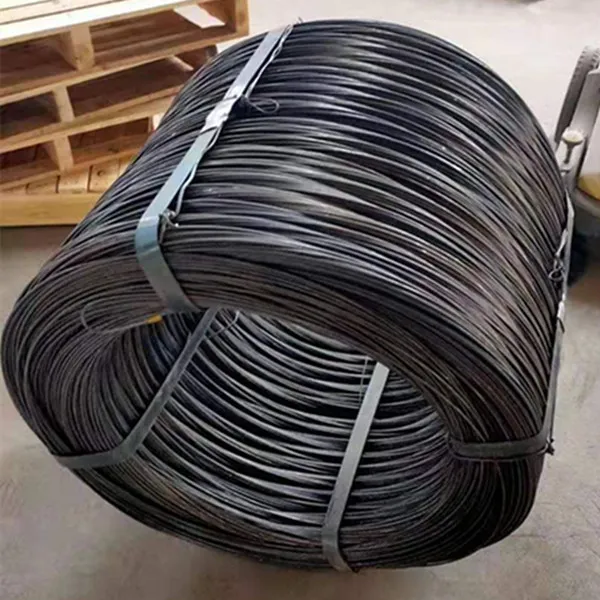
(razor coil fencing)




